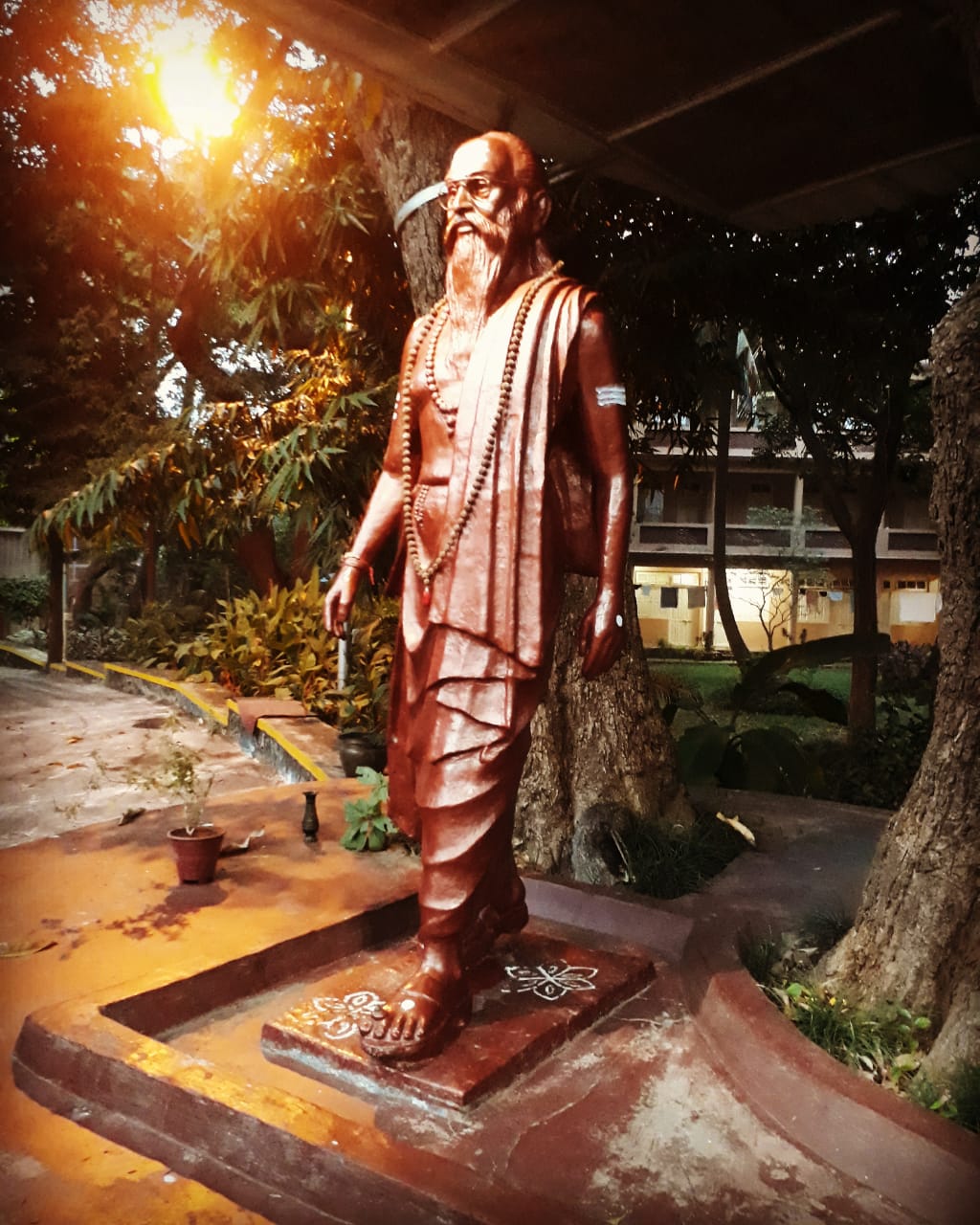Five functions of the mind
Vritti Sarupyam Itaratra
Vrittayah Panchatayyah Klishtaklishtaha
Pramana Viparyaya Vikalpa Nidra Smritayaha
*****
When the mind is tranquil, it can grasp the truth. But when the mind is distracted, there is a misunderstanding of the truth in terms of quality and depth. Just as the pure white light of the sun gets refracted into many colours, giving rise to illusionary patterns, a mind that is tossing about does not allow a clear perception of the truth.
There are five activities of the mind. They can be either of help in creating a feel-good factor, or can create a lot of misunderstanding and disturbance.
The five activities of the mind are Pramana - Cognition of, understanding and grasping an object or an idea. Viparyaya - Misapprehension or confusion. Interpreting what one sees in ways it is not actually, misunderstanding. Vikalpa - Imagination. One can imagine a positive situation, for instance - when caught in difficult circumstances, the mind can provide temporary relief by imagining a situation where there are no problems.
Vikalpa can be negative too. For instance, when a person approaches with a good intention, the mind can imagine the person approaching with an ulterior motive behind.
The fourth activity that the mind is capable of is called sleep. When all its faculties go to rest and does not work, the mind is at sleep. The mind is not on its office seat, minding its business of seeing, hearing, smelling, tasting and touching - but takes a holiday and shuts shop.
The last capability of the mind as described by Patanjali is memory. Whatever it has experienced through the five senses, is stored as memory in the unconscious and sub-conscious layers of the mind. When the situation requires, the conscious mind can remember and recall the object or situation. This quality of the mind helps us to identify objects and people and helps in calling a computer as a computer and a car as a car. If this faculty was absent, we would be calling the tree a tubelight or a chair as daddy!
(Photograph: Geese wading in a rainwater percolation pond off a Naperville road in Chicago.)
(On Bamboo Wisdom find a verse-by-verse explanation of the Bhagavad Gita and on the Vignana Bhairava Tantra in Cosmic Consciousness - Swahilya Shambhavi. (swahilya.soulmate@gmail.com)





